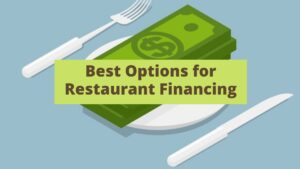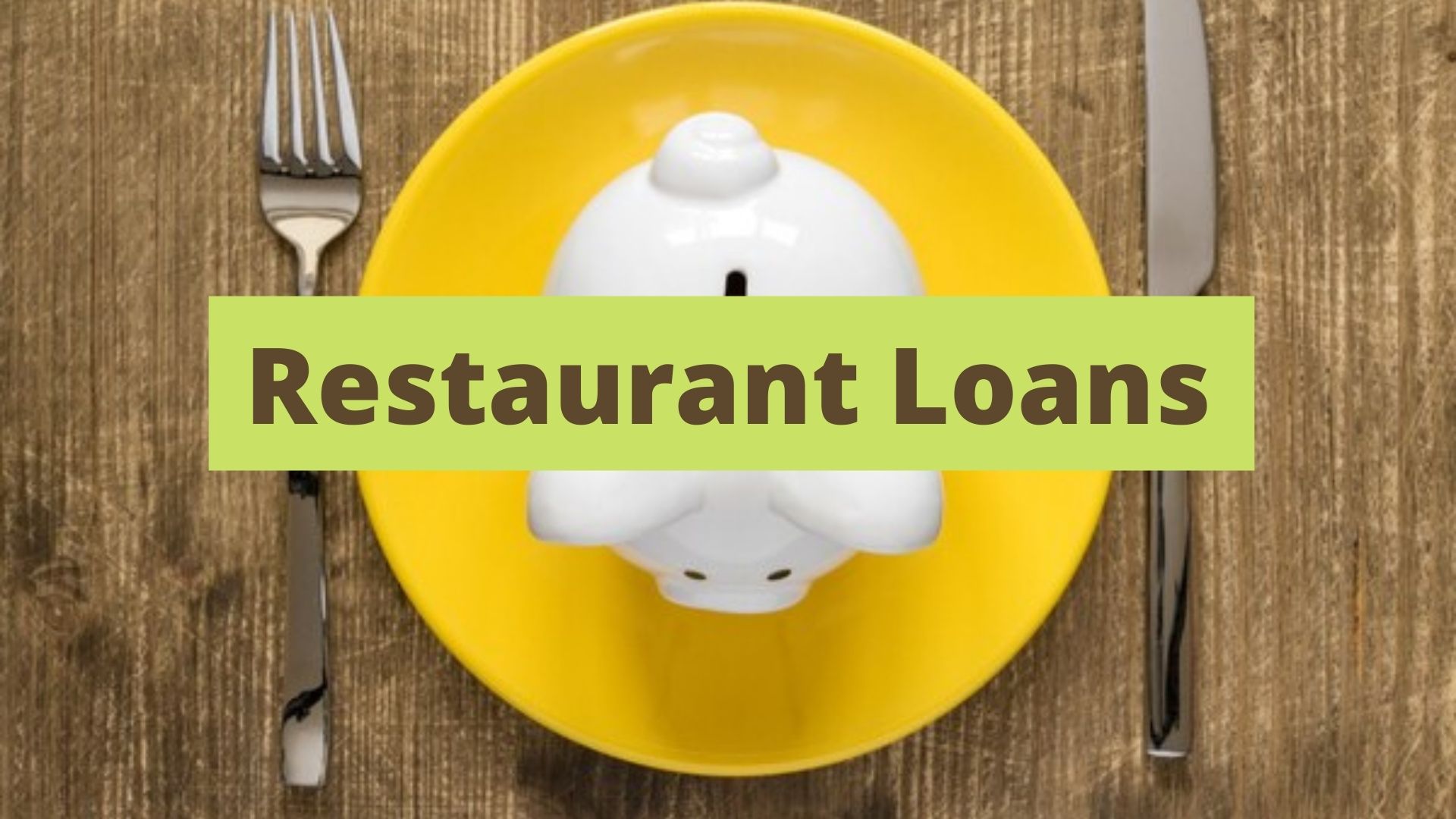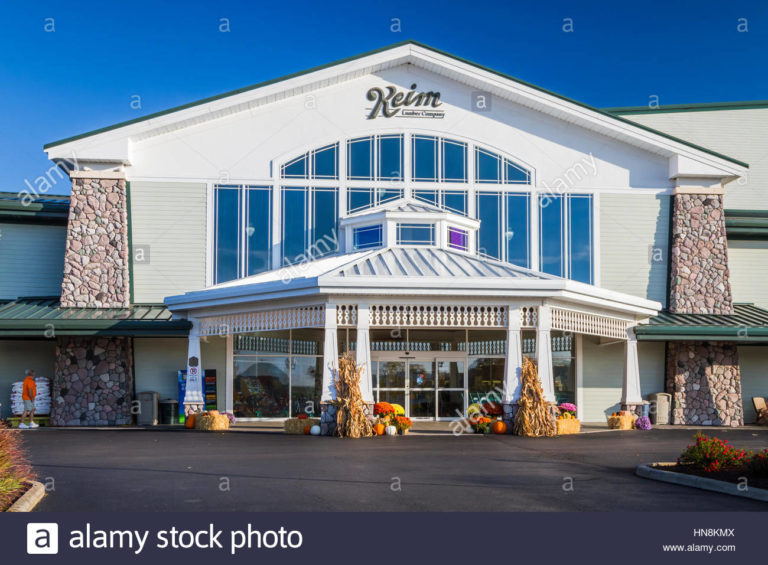Small Business Loans and Other Ways to Start Up or Grow Your Restaurant Business
What is restaurant financing?
Restaurant financing refers to any sort of outside funding that business owners secure to support a variety of business needs. this might be a loan, funds from family and friends, investors or other lending sources.
Why do restaurants apply for financing?
There’s a number of reasons why restaurant owners may need funding from time to time:
- Starting up a new business
- Renovating the restaurant location
- Investing in new equipment
- Opening another business
- Adding more tables to extend covers
- Rebranding and more
There are many startup costs to plan for before a restaurant can open its doors to the public. Owners might got to refurbish premises, update old kitchen equipment, buy furniture and fittings, and invest in menus and staff uniforms. And let’s not forget the necessity to carefully source that all-important food, alcohol and beverage stock.

5 best restaurant financing options
Whatever your reason for extra financing is, we offer to consider 5 different financing options and choose the one that will best suit your needs:
1. Brick-and-mortar bank loans
Let’s start with probably the foremost well-known option: your bank. Traditional banks are lending to small to mid-sized businesses for a really while . Their systems are established, rigorous and proven.
2. Alternative loans
Understandably, not every restaurant owner has the time or occasionally the credit history to secure funding from a brick-and-mortar lender. In these situations, loans for restaurants are often pursued with variety of other lenders. For example, you can apply online for Personal Loans for bad credit and get up to $35,000 or more within 1 – 2 business days.
3. Small Business Administration (SBA) Loans
As this video explains, SBA loans help existing small businesses once they can’t get financing from other sources or without an SBA guarantee for the lender. The SBA doesn’t fund these loans directly. It guarantees banks it’ll repay some of the loan if a business defaults.
SBA loans could also be wont to buy land or equipment, buy an existing business, refinance existing debt, or purchase machinery, furniture, fixtures, supplies or materials.
4. Merchant advance (MCA)
Technically not a loan, a merchant advance (MCA) may be a way for restaurants to receive funds against future payments which will be made through their merchant payment system.
This can be useful for restaurants that are processing a high volume of mastercard transactions while needing access to funds—fast. However, business owners got to be wary. The high rates of the many MCA providers can cause repayment amounts outstripping the first advance by the maximum amount as 40%.
5. A line of credit (LOC)
Businesses usually hunt down lines of credit through their bank. many various lenders are now offering this feature too. In short, a line of credit allows restaurants to access a group additional amount of funds each, as and when needed.
How to choose the best restaurant loans?
As you’ve noticed, the funding options for restaurant business vary widely. Now you need to compare and choose the best one for you. Take into account the following factors:
- Check how quickly you get your capital
- Evaluate total repayments
- Compare the term of the loan
- Compare the advantages of fixed vs. variable rates
- Find out if collateral is required
- Review the lender’s reputation
- Make sure your financing and loans fit
Starting up or growing any business is exciting and troublesome at the same time. To make this process less nervous and hassle free choose the right financing option.






